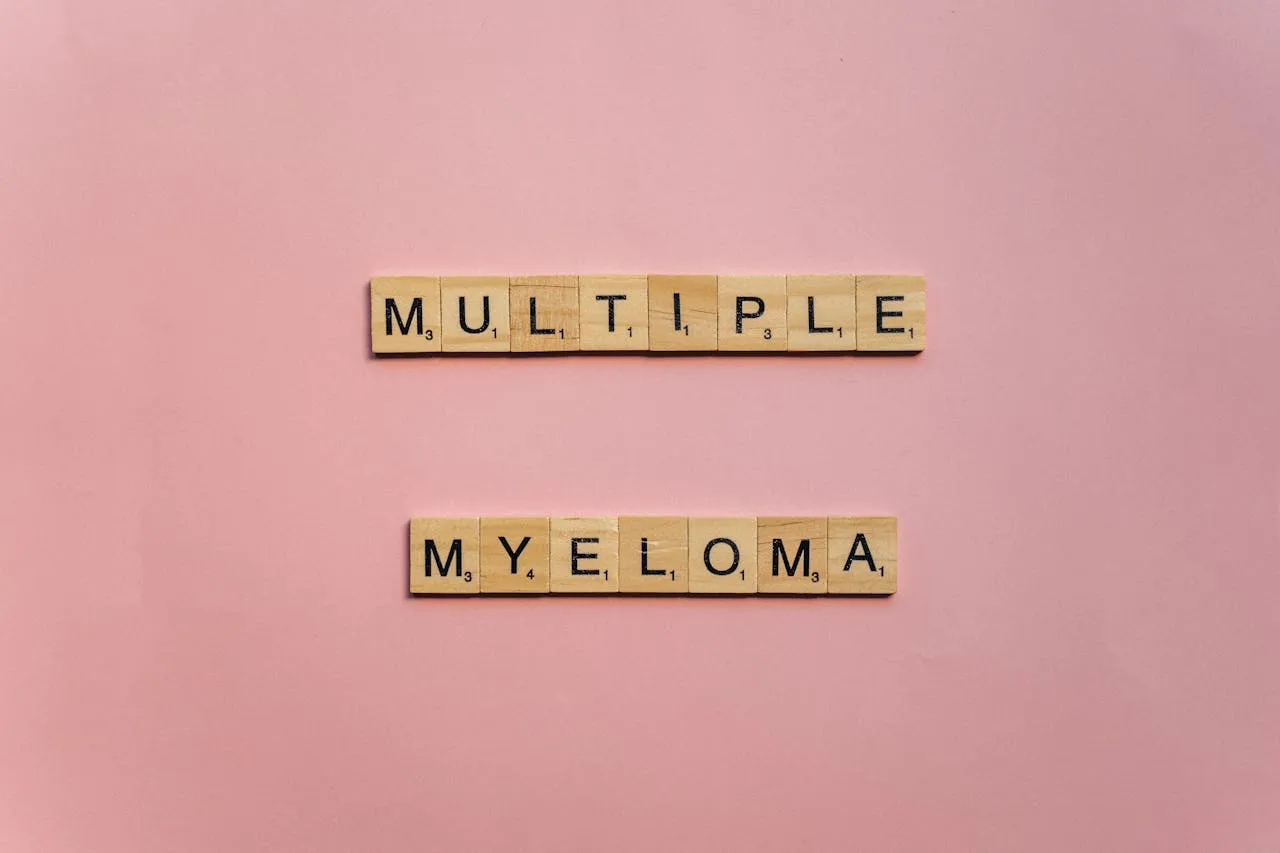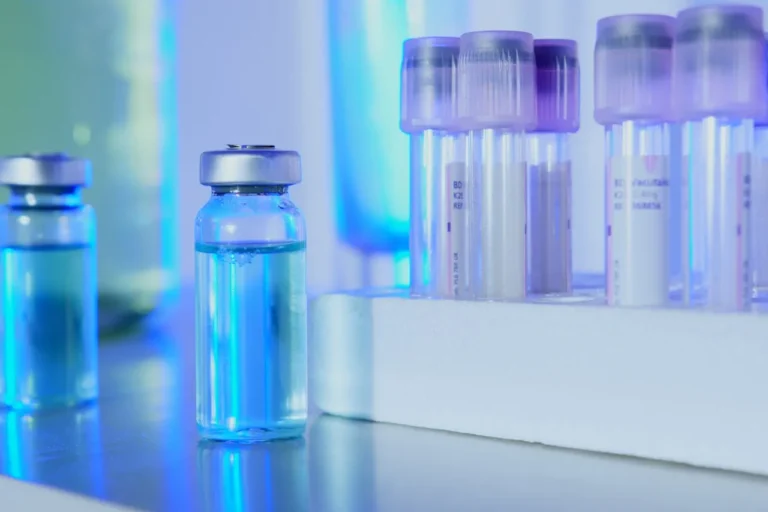
Regeneron’s Linvoseltamab Combinations Show Strong Early Signals in Relapsed/Refractory Multiple Myeloma in Phase 1b Trial
Regeneron Pharmaceuticals,has reported encouraging early findings from the ongoing Phase 1b LINKER-MM2 study, evaluating linvoseltamab in combination with either carfilzomib or bortezomib in patients with relapsed or refractory multiple myeloma (R/R MM). These investigational combinations are aimed at improving treatment outcomes in patients with difficult-to-treat disease, particularly those who have exhausted multiple standard-of-care options.
The data will be presented in two separate oral sessions at the American Society of Clinical Oncology (ASCO) 2025 Annual Meeting, scheduled for Monday, June 2 at 8:00 AM CDT. The presentations underscore the clinical potential of linvoseltamab-based combinations to enhance responses in earlier treatment settings.
Addressing Unmet Needs in R/R Multiple Myeloma
Multiple myeloma (MM) remains a challenging hematologic malignancy, particularly in relapsed or refractory stages. Patients whose disease progresses after exposure to immunomodulatory drugs (IMiDs), proteasome inhibitors (PIs), and anti-CD38 monoclonal antibodies have limited therapeutic options and typically experience poorer outcomes.
The LINKER-MM2 trial specifically targeted patients who had received at least two prior lines of therapy and were either double-class refractory (resistant to IMiDs and PIs) or triple-class exposed (previously treated with IMiDs, PIs, and anti-CD38 antibodies). By evaluating linvoseltamab in combination with either carfilzomib or bortezomib—both established PIs—Regeneron aims to determine whether these novel regimens can extend disease control and improve survival metrics.
Linvoseltamab is a bispecific antibody designed to redirect T cells to target B-cell maturation antigen (BCMA)-expressing myeloma cells, offering a mechanism of action distinct from traditional therapies. It has shown promising efficacy in monotherapy settings for heavily pretreated patients, prompting its evaluation in combination regimens and in earlier lines of therapy.
Linvoseltamab Plus Carfilzomib: Early Efficacy and Safety in Focus
In the cohort examining linvoseltamab with carfilzomib, a total of 23 patients were treated. All had prior exposure to PIs, with over half (12 patients) classified as refractory to at least one PI. Nearly half (48%) presented with soft tissue plasmacytomas at baseline—a marker of aggressive disease—and 39% were aged 75 years or older, suggesting a population with elevated clinical risk.
Of the 21 patients evaluable for efficacy, the breakdown of linvoseltamab dosing included 11 patients receiving 100 mg, five receiving 150 mg, and another five at 200 mg, all prior to the addition of carfilzomib. With a median follow-up of 15 months, the data revealed a compelling objective response rate (ORR) of 90%—that is, 19 of 21 patients experienced a measurable tumor reduction. Notably, 76% (16 of 21 patients) achieved a complete response (CR), signifying no detectable disease through standard diagnostic techniques.
Longer-term measures were also promising: the probability of maintaining a response at 12 months was estimated at 87% (95% confidence interval [CI]: 56%–97%), while the likelihood of remaining progression-free at the same time point stood at 83% (95% CI: 55%–94%). These results suggest that linvoseltamab in combination with carfilzomib may not only induce robust responses but could also provide meaningful durability in disease control.
A randomized Phase 3 trial comparing this combination to the current standard-of-care in the relapsed/refractory setting is planned, signaling Regeneron’s confidence in the regimen’s clinical potential.
From a safety perspective, 23 patients were evaluable. The most frequently observed treatment-emergent adverse events (TEAEs) of any grade were neutropenia (65%), cytokine release syndrome (CRS; 61%), diarrhea (52%), and thrombocytopenia (52%). Grade ≥3 adverse events included neutropenia (56.5%), thrombocytopenia (30%), and infections (43.5%), including one infection-related fatality. Serious adverse events (SAEs) were noted in 83% of participants.
One patient experienced a dose-limiting toxicity (DLT) of Grade 4 thrombocytopenia during tumor lysis syndrome at the 100 mg dose level. Another experienced a Grade 1 event of immune effector cell-associated neurotoxicity syndrome (ICANS) at the 150 mg dose. These findings suggest the need for continued close monitoring of adverse effects as development proceeds.
Linvoseltamab Plus Bortezomib: Promising Efficacy Signals Emerge
In the second cohort, linvoseltamab was paired with bortezomib in 24 patients, with six receiving 100 mg and 18 receiving 200 mg of linvoseltamab before the introduction of bortezomib. Again, the population represented a difficult-to-treat segment: 58% were refractory to carfilzomib and 13% to bortezomib, indicating prior resistance to proteasome inhibition.
Twenty patients were considered evaluable for efficacy with a median follow-up of nine months. The ORR in this group was 85% (17 of 20 patients), while 50% (10 patients) achieved a complete response. Though the median follow-up period was shorter than that of the carfilzomib cohort, the results suggest similarly high levels of clinical activity from this combination.
The safety profile in this arm was broadly comparable. TEAEs occurring in more than half of patients included CRS (58%), neutropenia (54%), and thrombocytopenia (54%). Grade ≥3 events were observed in 50% for neutropenia and 37.5% for thrombocytopenia. ICANS occurred in four patients—one Grade 1 and three Grade 2 events—underscoring a manageable but notable neurotoxicity risk.
Infections remained a significant concern, affecting 75% of patients (38% with Grade ≥3 infections). Two patients died from adverse events: one from treatment-related pneumonia prior to bortezomib initiation, and another from COVID-19, which was deemed unrelated to treatment. A single DLT of Grade 3 cytomegalovirus reactivation occurred in the 200 mg group.
A New Era of Combination Immunotherapy?
Although still in early stages, the linvoseltamab combination regimens presented in LINKER-MM2 represent a significant development in the landscape of multiple myeloma treatment. The ability to achieve deep and durable responses—even in patients with prior exposure or resistance to PIs—suggests the bispecific antibody may meaningfully enhance outcomes when used as part of combination regimens.
“While early, these compelling results for linvoseltamab combination therapy demonstrated high rates of clinical activity, even among those with previous exposure to the proteasome inhibitors evaluated in the cohorts,” said Dr. Salomon Manier, Professor of Hematology at Lille University Hospital in France and an investigator in the trial. “We look forward to seeing these results mature to see if these benefits can be maintained.”
The investigational uses of linvoseltamab in these combinations have not been approved by any regulatory authority. However, the results strongly support further development, and the planned Phase 3 trial of linvoseltamab plus carfilzomib could provide pivotal data needed for regulatory submissions in the future.
As multiple myeloma continues to evolve with new mechanisms of resistance and immune escape, agents like linvoseltamab may help usher in a new era of precision immunotherapy for patients who have limited remaining options. For now, the oncology community awaits further data with optimism.




